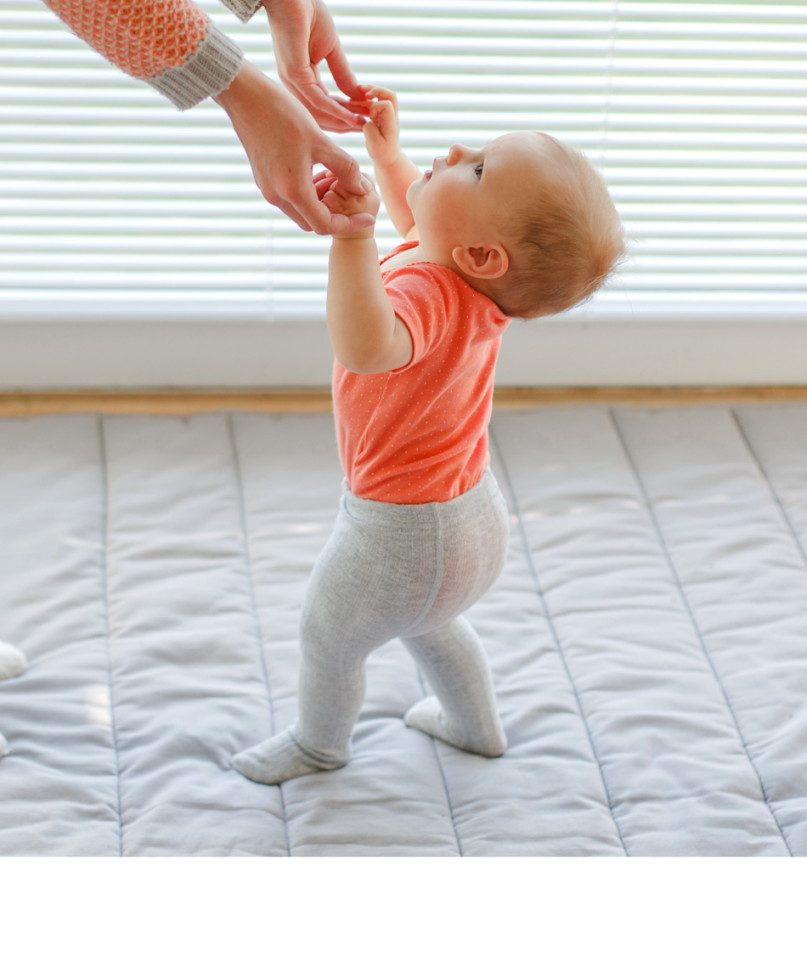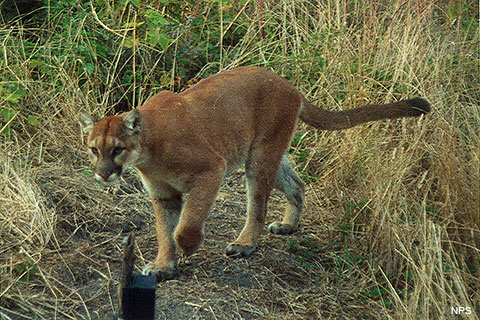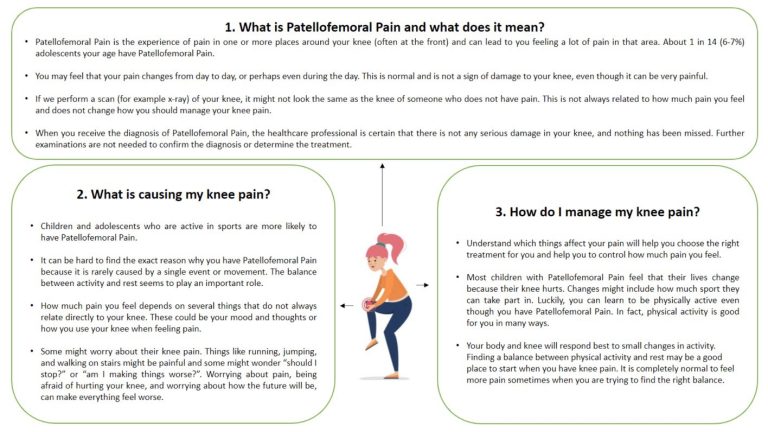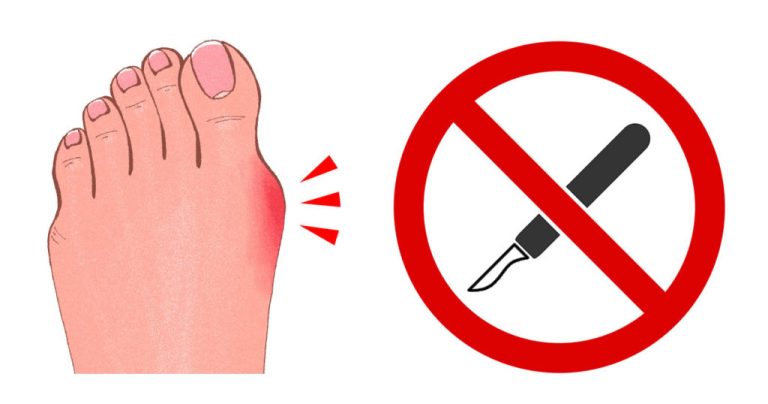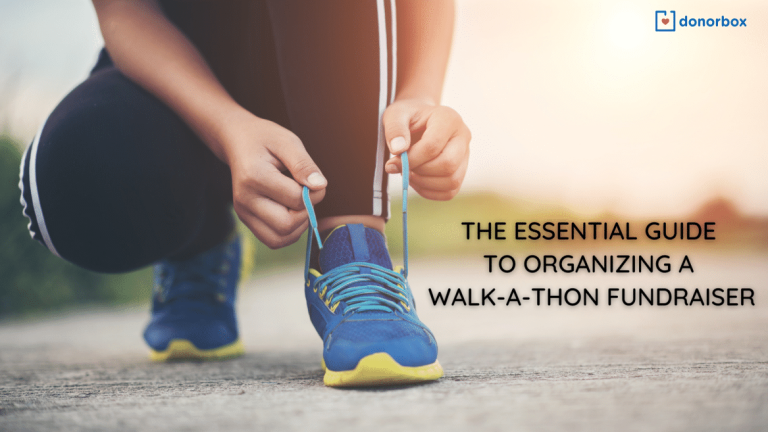Walking Tips for Babies : Mastering the First Steps
To help babies start walking safely, make sure to encourage their efforts and provide a supportive environment. Building gross motor skills through play is essential for their development and confidence.
Walking is a significant milestone in a baby’s development, signaling their growing independence and physical abilities. As a parent or caregiver, it is important to create a safe and stimulating environment that encourages a baby to practice and eventually master this skill.
By offering support and encouragement, babies can gain the confidence they need to take their first steps and continue to progress in their physical development. Implementing simple activities and exercises can also help strengthen their muscles and coordination, paving the way for successful walking. Remember to celebrate each achievement along the way and enjoy watching your little one reach this exciting milestone.

Credit: organicformulashop.com
1. Preparing For First Steps
Preparing your baby for their first steps? Check out these helpful walking tips to ensure your little one starts off on the right foot.
Getting ready for your baby’s first steps is an exciting milestone. As parents, you want to ensure your little one is physically ready and their motor skills are developing well. So, let’s take a closer look at two crucial aspects to focus on during this stage: 1.1 Baby’s Physical Development and 1.2 Encouraging Motor Skills.1.1 Baby’s Physical Development
Before your baby takes those first wobbly steps, it’s important to ensure their physical development is on track. Here are a few key indicators to keep in mind: 1.1.1 Head control: Your baby should be able to hold their head up steadily on their own, a sign that their neck and back muscles are developing. 1.1.2 Rolling over: As your baby gains strength, they will be able to roll from their back to their tummy and vice versa. This movement helps strengthen their core muscles. 1.1.3 Sitting independently: Once your little one can sit unaided without toppling over, it shows that their back and stomach muscles are getting stronger, providing a solid foundation for walking. 1.1.4 Pulling up: As your baby starts to pull themselves up to stand, using furniture or your hand for support, it indicates their leg muscles are gaining strength. 1.1.5 Cruising: Watch out for your baby holding onto furniture and moving along while staying on their feet. This cruising behavior shows they are preparing for those first independent steps.1.2 Encouraging Motor Skills
Alongside your baby’s physical development, it’s essential to encourage their motor skills, helping them gain confidence and coordination. Try the following activities to support your baby’s journey towards walking: 1.2.1 Tummy Time: Encourage your baby to spend some time on their tummy, reaching and grabbing for toys. This strengthens their upper body and helps develop the muscles needed for crawling and walking. 1.2.2 Assisted Standing: Gently hold your baby’s hands while they stand on a flat surface, allowing them to bear weight on their legs. This helps build lower body strength and balance. 1.2.3 Activity Center: Invest in an activity center that your baby can explore while standing or sitting. This keeps them engaged and helps develop their leg muscles as they bounce and kick. 1.2.4 Push Toys: Encourage your baby to push a sturdy walker or toy across the floor. This promotes balance and coordination, preparing them for independent walking. 1.2.5 Mirror Play: Place a mirror at your baby’s eye level while they stand. This encourages them to engage with their reflection and helps develop their balance and spatial awareness. Remember, each baby develops at their own pace. It’s important to provide a safe and encouraging environment, allowing them to explore and practice their newfound skills. Soon enough, they’ll be taking their first steps towards independence!:max_bytes(150000):strip_icc()/GettyImages-1217349491-ab9a800857e6422aabd0df9fdab6058c.jpg)
Credit: www.parents.com
2. Creating A Safe Environment
Babies are naturally curious and eager to explore their surroundings. Thus, it’s essential to create a safe environment to ensure they can move around your home without encountering any dangers.
2.1 Removing Hazards
- Keep small objects out of reach to prevent choking hazards.
- Secure electrical cords to avoid tripping or pulling down items.
- Place safety gates at staircases and block access to dangerous areas.
2.2 Using Safety Equipment
- Use outlet covers to prevent electrical accidents.
- Utilize corner guards to protect against sharp edges.
- Invest in baby gates for rooms that are off-limits.
3. Supporting Baby’s Balance And Coordination
Babies naturally develop their balance and coordination as they grow and explore the world around them. As they begin their journey to walking, it’s essential to provide support and opportunities that help them build their strength and stability.
3.1 Encouraging Tummy Time
Tummy time is a crucial activity for helping your baby develop the necessary muscle strength to support their physical milestones. By placing your baby on their tummy while they are awake and supervised, you can encourage them to lift their head, arms, and eventually push up onto their hands and knees. This helps to develop the muscles in their neck, back, and shoulders, which are essential for maintaining balance and coordination.
3.2 Assisting With Standing And Walking
Assisting your baby with standing and walking can further support their balance and coordination. You can hold your baby under their arms while they stand, allowing them to experience the sensation of bearing weight on their legs. As they gain more confidence, you can assist them in taking a few steps while providing gentle support. This process helps develop their leg muscles and encourages them to engage their core for balance.

Credit: www.whattoexpect.com
4. Embracing Baby’s First Steps
Watching your baby take their first steps is a monumental milestone. It’s a magical moment filled with both joy and pride. As parents, we want to encourage and support our little ones as they embark on this exciting journey. In this section, we will explore some ways to embrace and celebrate your baby’s first steps.
4.1 Celebrating Achievements
Celebrating your baby’s achievements along their walking journey is an excellent way to motivate and encourage them. These celebrations will not only make your baby feel proud but also boost their confidence and encourage them to keep trying. Here are a few ideas to commemorate these special milestones:
- Organize a small gathering with close friends and family to applaud your baby’s walking progress.
- Record videos or take pictures of your baby’s first steps and create a scrapbook or digital album.
- Mark each milestone with a special keepsake, such as a personalized certificate or a tiny pair of shoes.
4.2 Offering Frequent Practice
Nothing helps your baby perfect their walking skills more than practice. By offering frequent opportunities to practice, you can help them gain strength, balance, and coordination. Here are a few tips to incorporate practice into your baby’s daily routine:
- Clear a safe and spacious area indoors where your baby can move around freely.
- Invest in toddler-friendly toys that encourage walking, such as push-along walkers or activity tables.
- Hold your baby’s hands and gently guide them as they take steps, gradually loosening your grip to allow them to balance on their own.
- Encourage your baby to reach for objects by placing them just out of their reach, motivating them to take steps towards their goal.
- Be patient and avoid rushing your baby’s progress. Every child learns at their own pace, so let them progress naturally.
Frequently Asked Questions For Walking Tips For Babies
How Can I Help My Baby Learn To Walk?
Encourage your baby with practice and support, using toys and activities to build strength and balance. Aid them in standing and taking steps, offering safe spaces to explore. Praise their efforts!
How Can I Strengthen My Baby’s Legs For Walking?
To strengthen your baby’s legs for walking, encourage tummy time, crawling, and standing with support. Engage in activities that promote leg muscle development and balance, such as playing with toys while standing and using a push toy for practice. Additionally, consider gentle leg exercises and stretching.
At What Age Should A Baby Walk?
Babies typically start walking between 9 and 18 months old. However, each child develops differently. If you have concerns about your baby’s development, consult a healthcare professional for guidance.
How Should I Position My Baby To Walk?
Position your baby upright with support, allowing them to practice standing. Use a supportive toy or furniture for balance and encourage them to take steps forward. Avoid forceful methods and let them progress at their own pace. Supervise closely to prevent falls.
Conclusion
Encourage your baby’s development and create lasting memories through fun and safe walks. Prioritize safety by using appropriate gear and being mindful of surroundings. Remember, each step they take is a milestone worth celebrating. Cherish these moments as you witness your baby’s growth with each stride.

